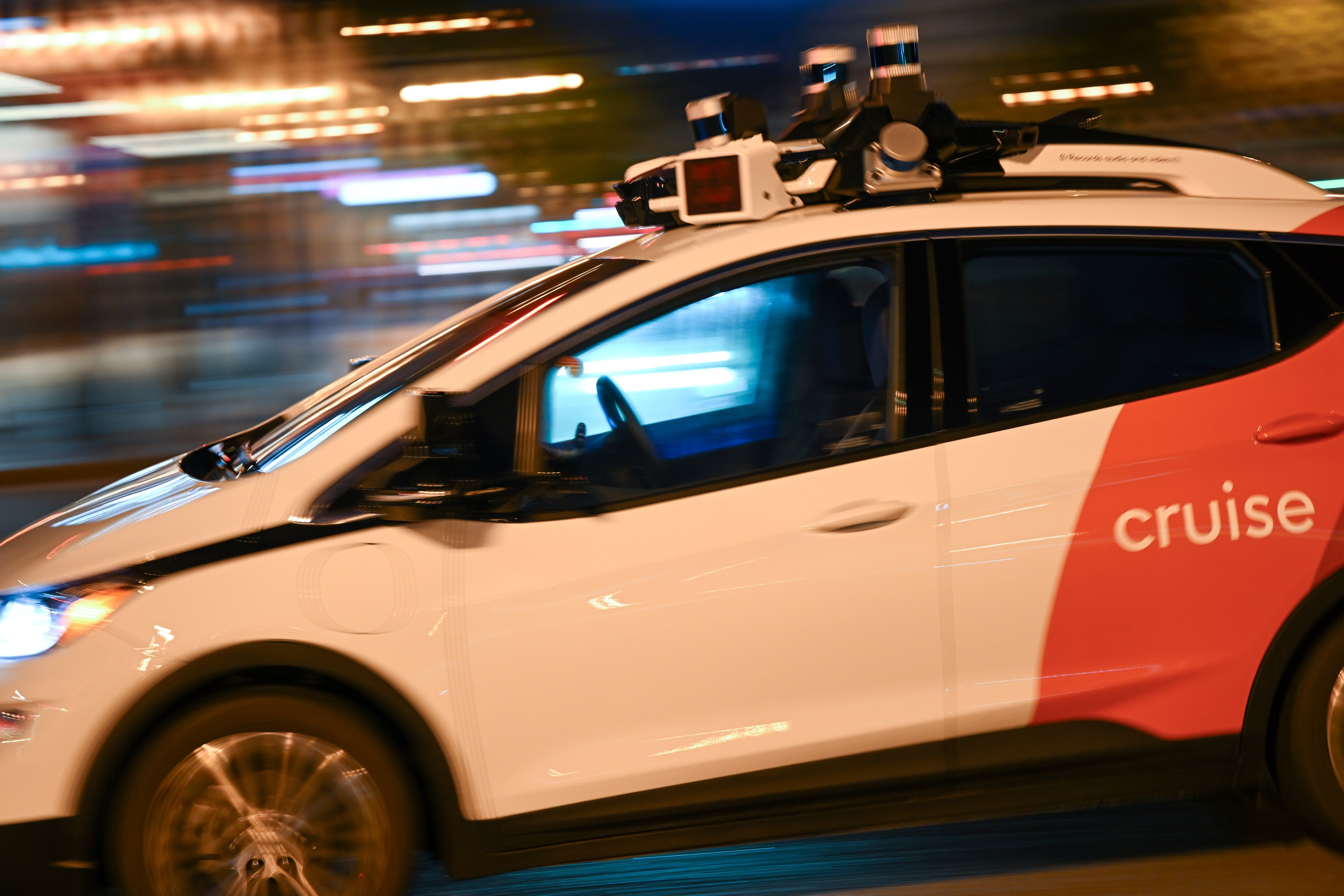General Motors said Tuesday it will retreat from the robotaxi business and stop funding its money-losing Cruise autonomous vehicle unit.
Instead, the Detroit automaker will focus on developing partially automated driver-assist systems like its Super Cruise, which allows drivers to take their hands off the steering wheel.
GM said it would cease funding robotaxis “given the considerable time and resources that would be needed to scale the business, along with an increasingly competitive robotaxi market.”
The company said it will combine Cruise’s technical team with its own to work on advanced systems to assist drivers.
“The Cruise board of directors and the Cruise leadership team are collaborating closely with GM on next steps,” CEO Marc Whitten said.
Cruise had a tumultuous run in San Francisco. A little more than a year after one of its robotaxis dragged a woman along a downtown street in October 2023, the company dodged a criminal charge by admitting that it lied to federal regulators about what happened.
During the incident, the robotaxi halted, but its sensor system failed to detect that there was a person beneath it, so it wound up dragging the woman more than 20 feet as it pulled to the side of the road. Cruise ended up paying the woman between $8 million and $12 million.
Cruise co-founder Kyle Vogt, now CEO of The Bot Company, weighed in on the automaker’s decision on X. “In case it was unclear before, it is clear now: GM are a bunch of dummies.”
The robotaxis, with cute names like Kombucha, also made headlines as a new place to have sex.
